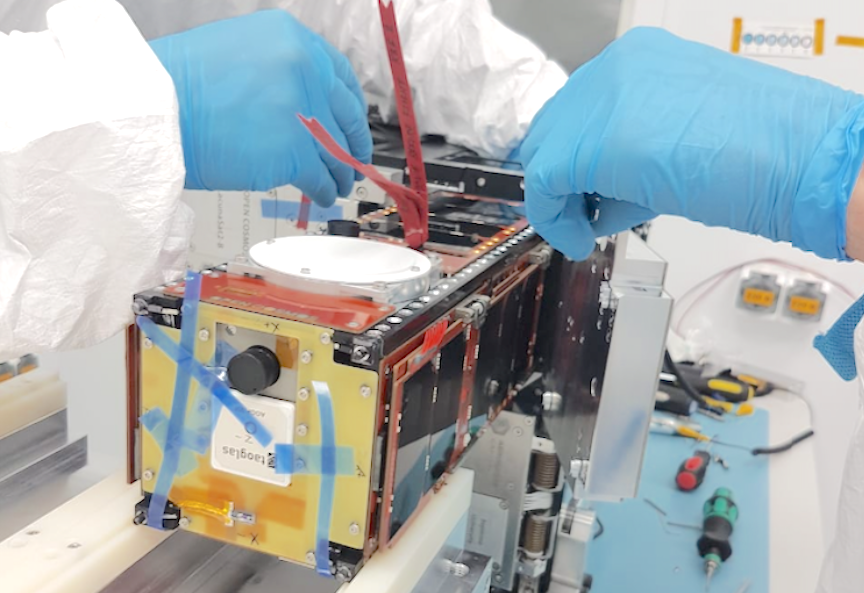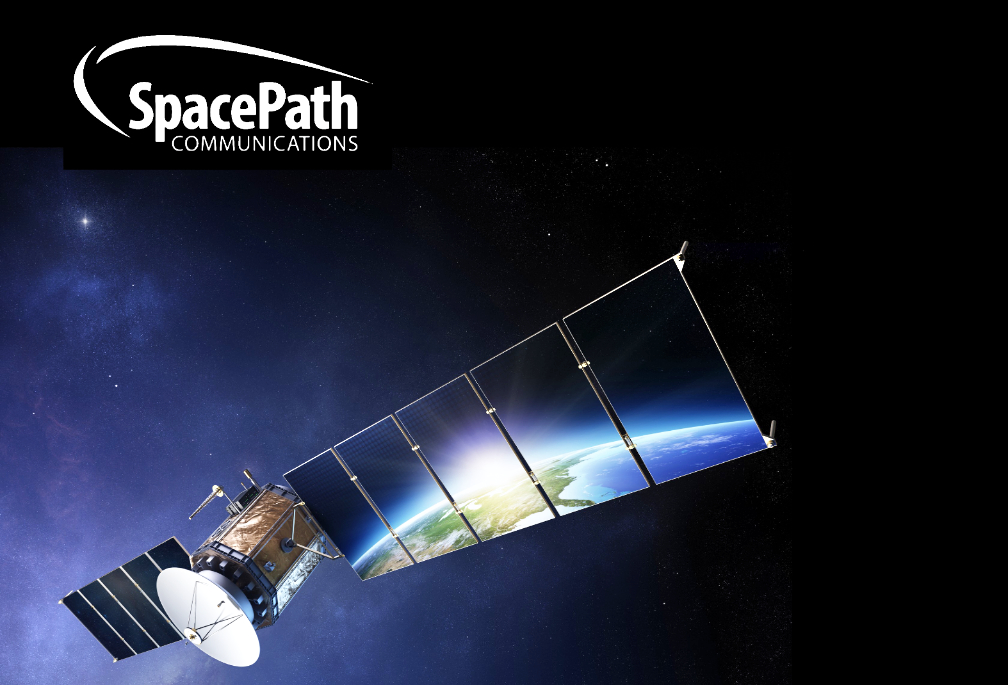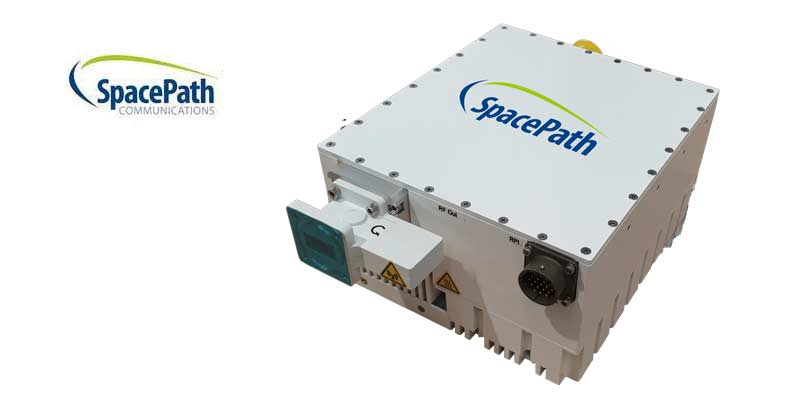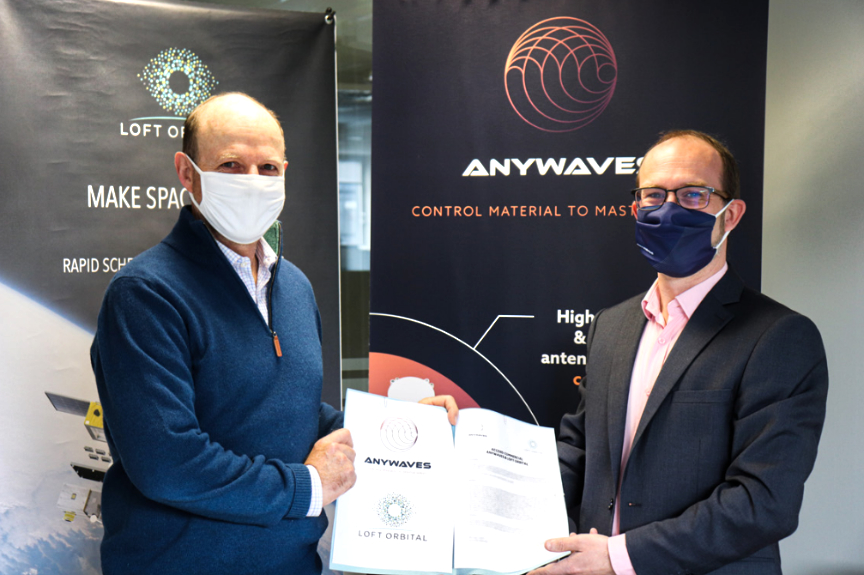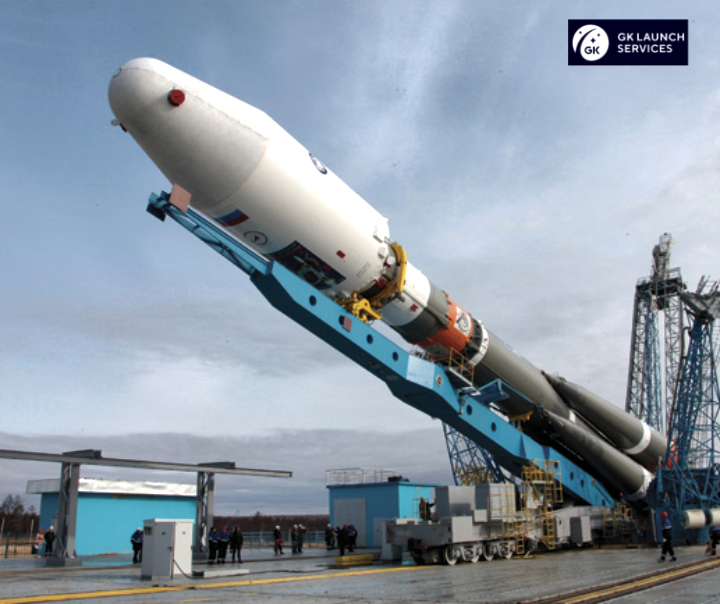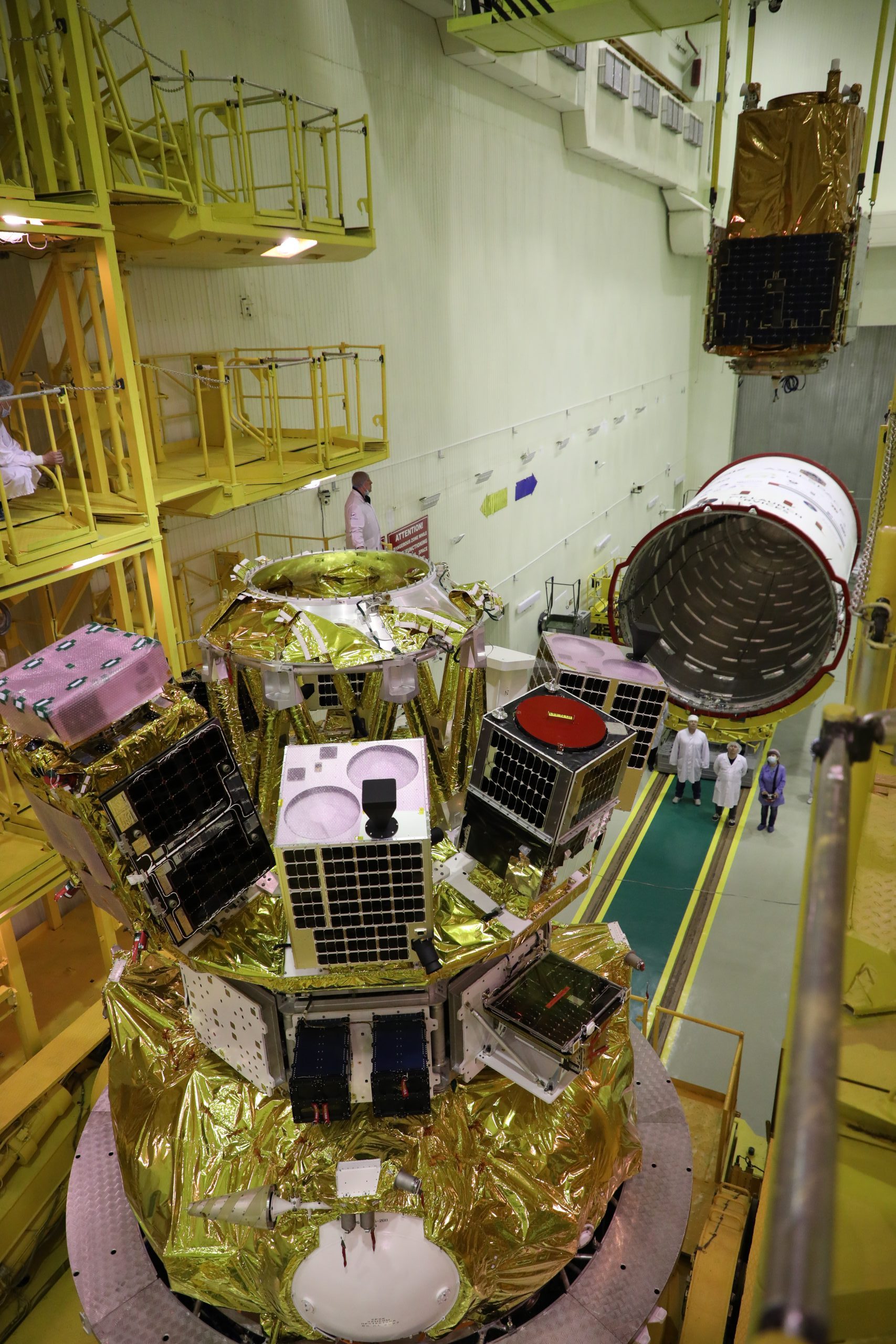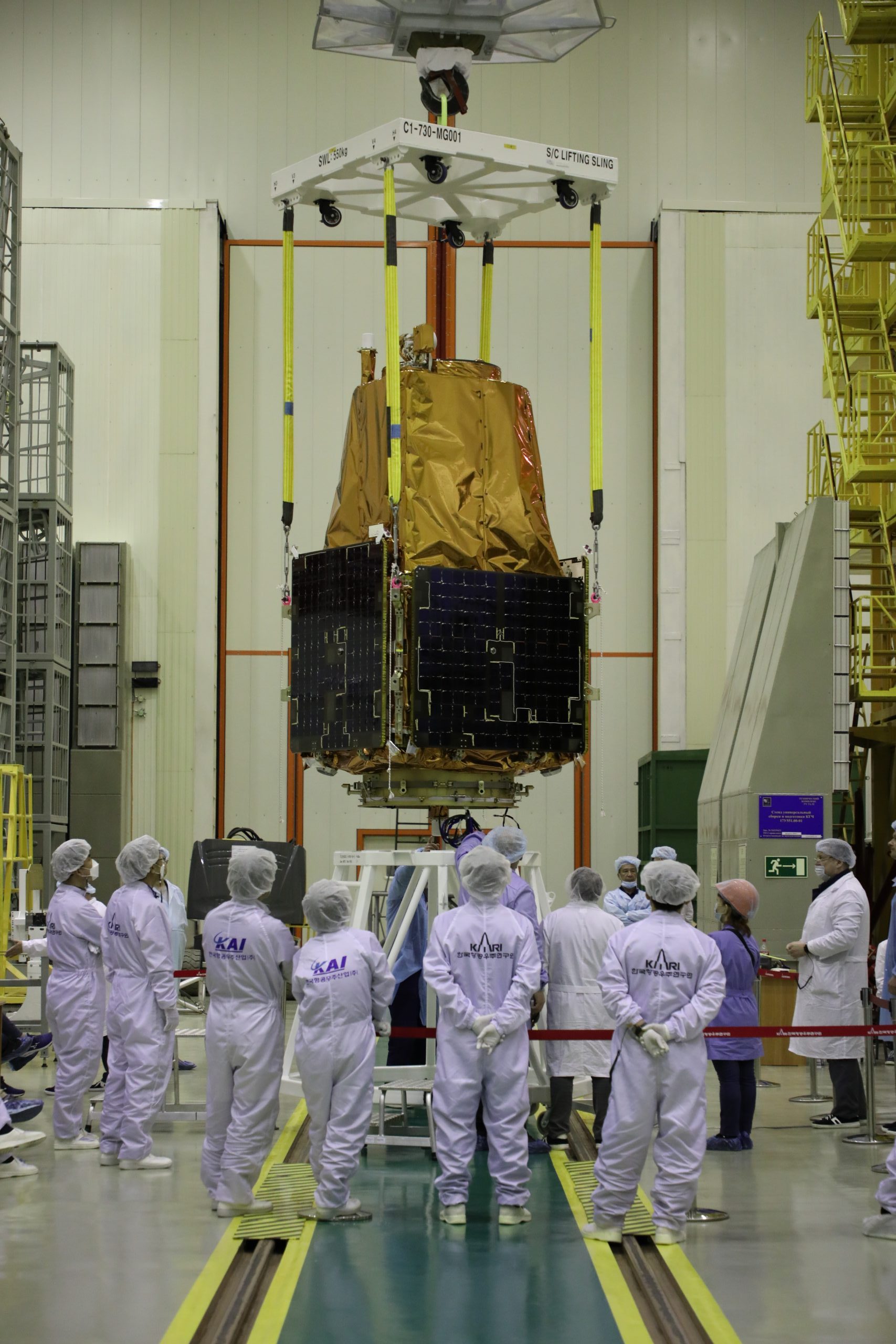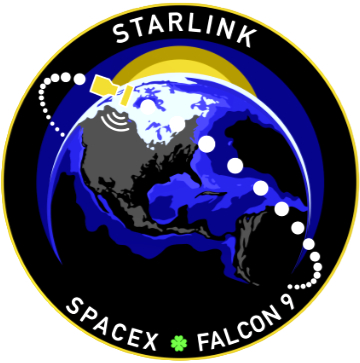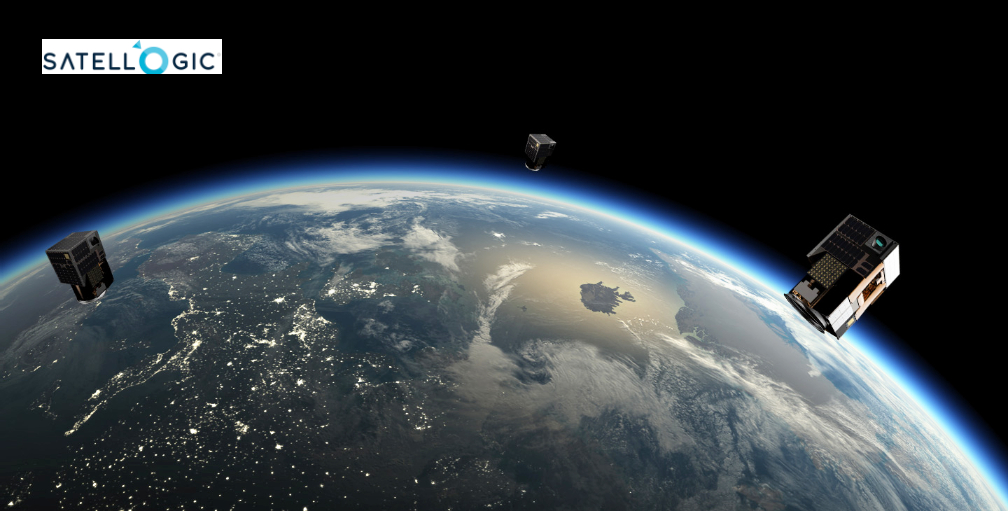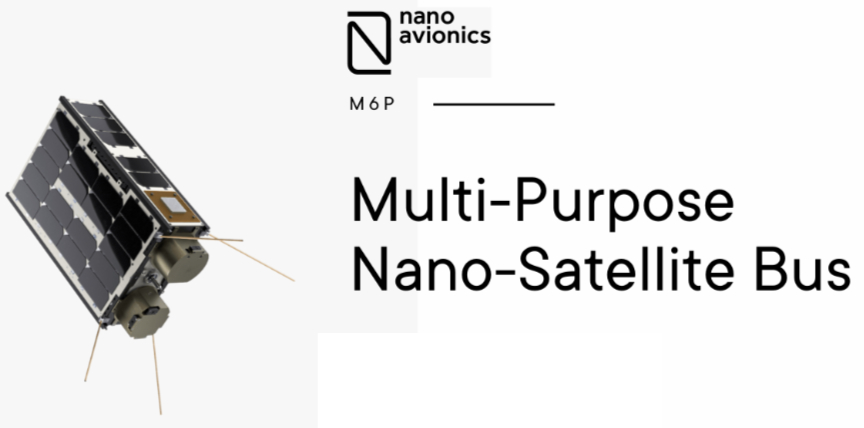
The next Arianespace mission is planned from Vostochny Cosmodrome with Soyuz on March 25, 2021, to deliver 36 satellites into orbit.
By operating this fifth flight on behalf of OneWeb, Arianespace will bring the total fleet to 146 satellites in LEO.
Flight ST30, the second commercial mission performed by Arianespace and its Starsem affiliate from the Vostochny Cosmodrome, will put 36 of OneWeb’s satellites into a near-polar orbit at an altitude of 450 kilometers. The mission will have a total duration of three hours and 51 minutes and will include nine separations of four satellites, that will raise themselves to their operational orbit. This launch will bring up to speed Arianespace’s operations this year to the benefit of OneWeb, and will raise to 146 the number of satellites deployed for the global telecommunications operator.
OneWeb’s constellation will deliver high-speed, low-latency connectivity services to a wide range of customer sectors including aviation, maritime, backhaul services, as well as governments, emergency response services and more. Central to its purpose, OneWeb seeks to bring connectivity to every place where fiber cannot reach, and thereby bridge the digital divide.
Once deployed, the OneWeb constellation will enable user terminals that are capable of offering 3G, LTE, 5G and Wi-Fi coverage, providing high-speed access globally – by air, sea and land.
OneWeb Satellites, a joint venture between OneWeb and Airbus Defence and Space, is the constellation’s prime contractor. The satellites were built thanks to its leading-edge satellite manufacturing process that can build up to two satellites a day on a series production line dedicated to the assembly, integration, and testing of the satellites.
A total of 110 OneWeb satellites have already been orbited by Arianespace: the first six were successfully orbited by Arianespace from French Guiana on February 27, 2019. On February and March 2020, Arianespace and its Starsem affiliate successfully launched 68 OneWeb satellites from Baikonur Cosmodrome on two successful Soyuz flights. On December 2020, the team successfully delivered an additional 36 satellites into orbit, with first commercial flight operated from new Vostochny Cosmodrome.

